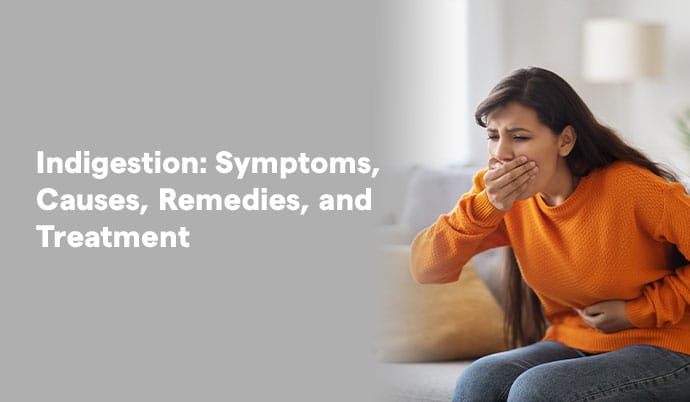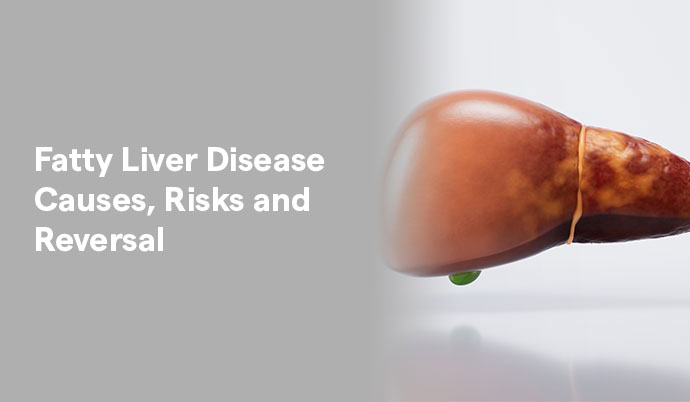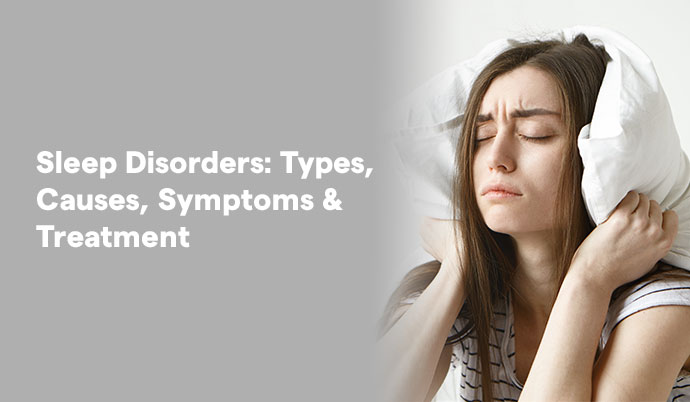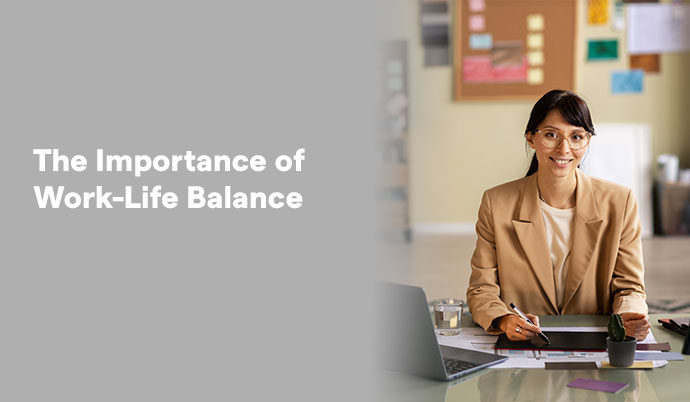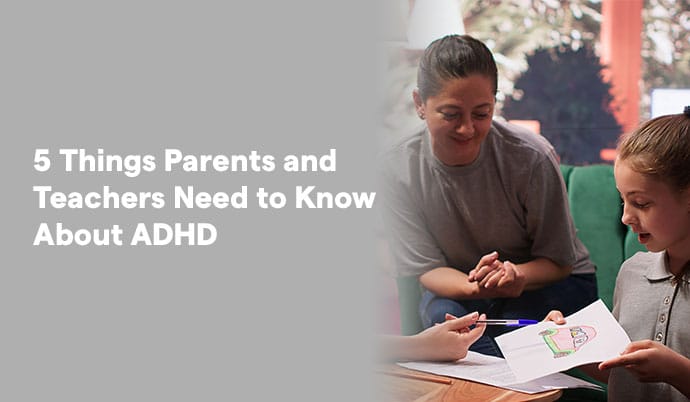
The Centres for Disease Control and Prevention (CDC) says that approximately 9.8% of children between the ages of 3 and 17 in this country have been diagnosed with ADHD, which is about 6.1 million children struggling throughout the world. It is said that 5-7% of children globally have this condition, but awareness, empathy, and appropriate remedies are yet to be provided.
So if you are a parent trying to make sense of all this endless energy from the child or a teacher wondering how to make the student flourish, that's your sign to stop guilt spiralling and start learning what actually matters.
1. ADHD is a Spectrum, Not a Stereotype
The first thing to be disproved is that ADHD meds are about being hyperactive. The three types of ADHD are:
Most children don't fit the classic picture of the "classroom disrupter." Some are daydreamers who zone out quietly. Others speak impulsively or are "too much" in situations that call for conformity. It's this diversity that's important to understand, because what appears as laziness or disobedience is actually the brain functioning differently and not just a tantrum. These are often misunderstood signs of ADHD that require attention and not judgment.
2. It's Not Just a "Kid Thing" That Goes Away
Attention Deficit Hyperactivity Disorder (ADHD) doesn't expire with time. An estimate of about 60–70% of kids with ADHD carry their symptoms of ADHD with them into adolescence and adulthood. Hyperactivity may slow down for some, but problems with attention, time management, and mood regulation may remain. That means we're thinking long-term about how do we get kids to develop life strategies, not merely survive the school day. Ignoring these symptoms of ADHD or waiting for them to "grow out of it" isn't going to happen in this condition.
3. Routine is Their Best Friend
Children with ADHD tend to have a hard time with executive functioning, that is, the brain's capacity to plan, prioritise, and be organised is restricted, subsequently affecting routines and visual systems. When spaces are predictable and organised, children with ADHD can take a little bit of a sigh of relief.
Educators can utilise:
Parents might attempt:
Employ timers for brief time chunks (such as the Pomodoro technique) can enable children to remain focused without becoming overwhelmed. These tools also help counter some of the core ADHD causes related to executive dysfunction and structure.
4. Punishment Doesn't Work, Understanding Does
That constant tantrum or those incessant interruptions in class are not necessarily a choice. ADHD affects impulse control and emotional regulation, which makes kids more likely to act first and think second. Here's what doesn't work:
Here's what to do instead:
Always keep in mind that discipline isn't about punishing, but about teaching. A misbehaving child is usually an overwhelmed or misunderstood child showing early signs of ADHD or signs of hyperactivity. Recognising these as symptoms, not attitudes, is key.
5. Medication Isn't a Magic Fix (But It Can Help)
Medications such as stimulants are usually prescribed as part of an ADHD treatment. But let's be real, these medications are tools, and not cures. It has also been estimated that 70–80% of kids with ADHD might experience more manageable symptoms of ADHD with medication, but it is not like one medication fits all, and side effects might occur. What actually works is a multi-pronged treatment:
Specialists from the best psychiatrist hospital in Delhi also suggest that, if a child is on medication, don't forget the therapy and counselling, while assuming that the pill will handle it, ADHD requires comprehensive, human-based care. While medication can help manage ADHD causes, it’s the environment and support that help children thrive.
Common Symptoms of ADHD
● Inattention (more prominent in adults)
● Impulsivity
● Hyperactivity (more internal/restless in adults)
These are all classic signs of hyperactivity that continue into adulthood.
● Executive Dysfunction
● Emotional Dysregulation
● Related Life Problems
Children with Attention Deficit Hyperactivity Disorder (ADHD) are not damaged goods; their brains simply zig when others zag, and that isn't a deficiency; it is a potential waiting to burst forth in the right environment. As teachers and parents, your job isn't to "fix" them but to know them, empower them, and walk alongside them. With empathy, planning, and an awful lot of patience, you can guide them through a world that so frequently requires them to be too much alike. For proper diagnostic care and treatment of Attention Deficit Hyperactivity Disorder (ADHD), book an appointment at Sir Ganga Ram Hospital today.
